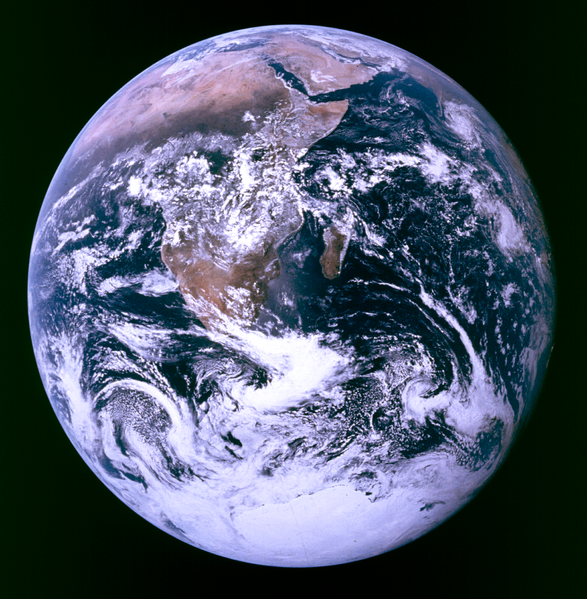
There's a fascinating talk up on the TED site this week by Dimitar Sasselov, a Harvard astronomer working on NASA's Kepler telescope, which is searching the skies for planets similar to our own. The telescope was launched in March last year. Until now, most of the planets spotted outside our solar system have been very large and orbiting very close to a star - nothing like Earth - just because those are easier to spot. We didn't have any idea how many Earth-like planets might be out there. And these are the ones that most people are interested in because they've got the best chance of being habitable...
The Kepler team announced their first results in January this year, but didn't include information on Earth-like planets. So Sasselov gives the first glimpse of what might be out there in his talk, which was given earlier this month and posted (I think) yesterday. He emphasises that most of the finds so far are candidates and will need to be confirmed with further tests (so far the mission has officially confirmed only 5 planets). But what's interesting is the distribution of sizes of the planets being found. About half-way through his talk, Sasselov shows a chart with about 250 planet candidates categorised by size, of which about 140 are Earth-sized (ie with a diameter less than twice that of Earth).
"The statistical result is loud and clear," he says. "Planets like our own Earth are out there. Our own Milky Way galaxy is rich in these kinds of planets."
He says that now we're starting to identify such planets, we can go on to study their conditions and chemistry to work out which may be capable of harbouring life like our own. He also estimates from the numbers so far that our own galaxy may contain 100 million habitable planets. He thinks Kepler will be able to confirm discovery of at least 60 of these within the next 2 years.
For the rest of his talk, Sasselov turns to synthetic biology research that he says goes hand in hand with the search for habitable planets. For example, he describes work in the lab of Jack Szostak. Researchers there have been looking at environments that might be found on Earth-like planets, and found that in conditions "with some liquid water and some clays", naturally available molecules can spontaneously form bubbles with cell-like membranes.
"There is immense, powerful potential in life in this universe," Sasselov concludes. "Especially now we know that places like the Earth are common."